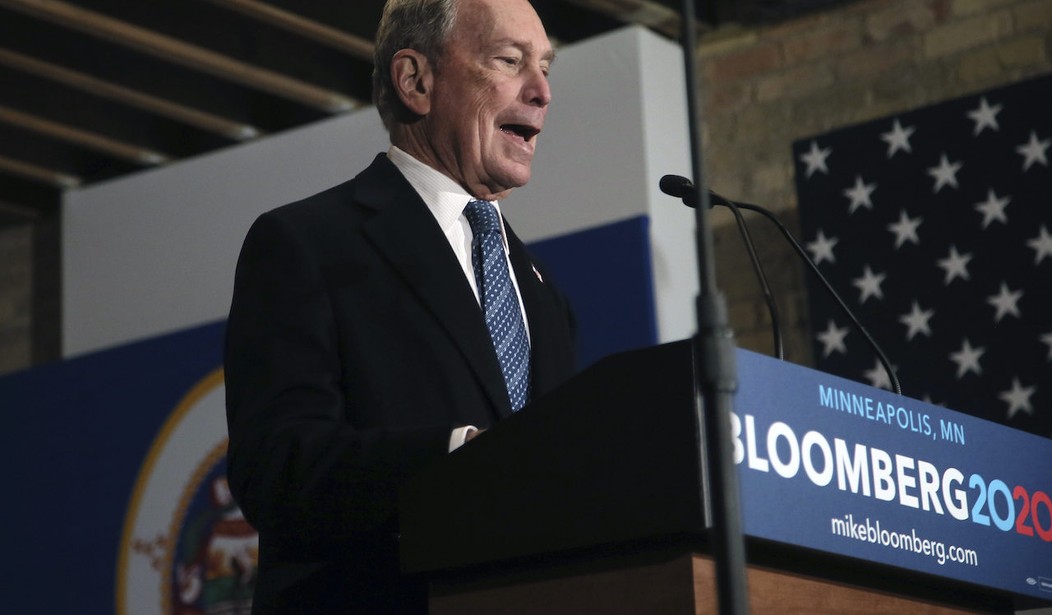In 1966, there were 654 murders in New York City. The next year, that number increased by about a hundred. Then two hundred. By the mid-1970s, nearly 1,700 people were being murdered every year in New York City. That insane level of violence maintained until the early 1990s. Then, in 1994, the level of murder in New York City began to decline. It declined from approximately 2,000 people killed in 1993 to 289 in 2018 -- a level not seen since the end of World War II. Needless to say, on a per capita basis, the murder rate had never been that low.
What, exactly, happened in the early 1990s? New York City residents were simply tired of living in a crime haven. They elected Rudy Giuliani mayor, and Giuliani pledged to enforce the so-called broken windows theory to clean up so-called quality-of-life crimes, stating: "It's the street tax paid to drunks and panhandlers. It's the squeegee men shaking down the motorist waiting at a light. It's the trash storms, the swirling mass of garbage left by peddlers and panhandlers, and open-air drug bazaars on unclean streets." In April 1994, Giuliani's New York Police Department implemented Compstat, a data-driven program designed to deploy police to the highest-crime areas, preemptively targeting criminality, rather than reacting to it. Chris Smith of New York Magazine gushed, "No New York invention, arguably, has saved more lives in the past 24 years." The NYPD also began to employ the "stop, question and frisk" policy, designed to allow police officers to spot people suspected of criminally carrying weapons and frisk them for those weapons after questioning.
New York turned from a mess into a haven. But now Michael Bloomberg -- Giuliani's mayoral successor beginning in 2002 -- is paying the price for a successful anti-crime record that followed in Giuliani's footsteps. Bloomberg has defended NYPD policies as non-racially biased; in 2015, he told The Aspen Institute that supposedly disproportionate "targeting" of minorities was not disproportionate but based on criminal conduct and description thereof. In crude and insensitive but statistically accurate terminology, Bloomberg pointed out that "Ninety-five percent of your murders and murderers and murder victims fit one M.O. ... They are male minorities 15 to 25." This may have been a slight exaggeration, but only a slight one. In 2008, for example, 88.6% of murder and non-negligent manslaughter victims in New York were black or Hispanic, and 92.8% of murder and non-negligent manslaughter suspects were black or Hispanic, according to New York government statistics. And black and Hispanic suspects were actually under-arrested: By these same statistics, just 83.9% of arrestees for murder and non-negligent manslaughter were black or Hispanic.
Recommended
Nonetheless, Bloomberg was widely blasted as a racist for his comments. That criticism came from both left and right. Bloomberg quickly apologized for his five-year-old comments, saying: "By the time I left office, I cut it back 95%, but I should've done it faster and sooner. I regret that and I have apologized." But Bloomberg should have stood up on his hind legs and defended one of his only successful policies.
Unfortunately, we live in a world where the counterfactual can be entertained without reference to reality. Thus, we are informed that broken-windows policing, Compstat, and stop and frisk should never have been employed -- and we are blithely told that even without those policies, crime would have precipitously dropped over the course of two decades. There is precisely zero evidence to support this supposition, but that's the beauty of writing alternative histories: No evidence is necessary.
The same is true in the world of economics, where Bernie Sanders can spend his days living off the largesse of capitalism -- the man has a lake house -- while decrying the evils of capitalism. It's easy to proclaim adherence to socialistic redistribution while living high on the hog of the free market. It's shockingly easy to get away with maintaining that American prosperity would not have been undercut by policies precisely the opposite of the policies that have driven American prosperity for centuries.
The joy of alternative realities is that they can't be disproved. We can never disprove the supposition that without anti-crime measures, crime would have dropped anyway; we can never disprove the supposition that without the free market, America would have prospered even more greatly than it has. The acid test of reality never applies to a world in which bad ideas were rejected for more effective ones. Which is why Bernie Sanders, who has produced zero things of consequence for decades but has successfully mooched off the public dime for nearly that entire period, may become president, while Michael Bloomberg, who has produced thousands of jobs and presided over a massive decline in crime in New York City, is in the hot seat.
Ben Shapiro, 36, is a graduate of UCLA and Harvard Law School, host of "The Ben Shapiro Show" and editor-in-chief of DailyWire.com. He is the author of the No. 1 New York Times bestseller "The Right Side of History." He lives with his wife and two children in Los Angeles. To find out more about Ben Shapiro and read features by other Creators Syndicate writers and cartoonists, visit the Creators Syndicate website at www.creators.com.
COPYRIGHT 2020 CREATORS.COM

























Join the conversation as a VIP Member